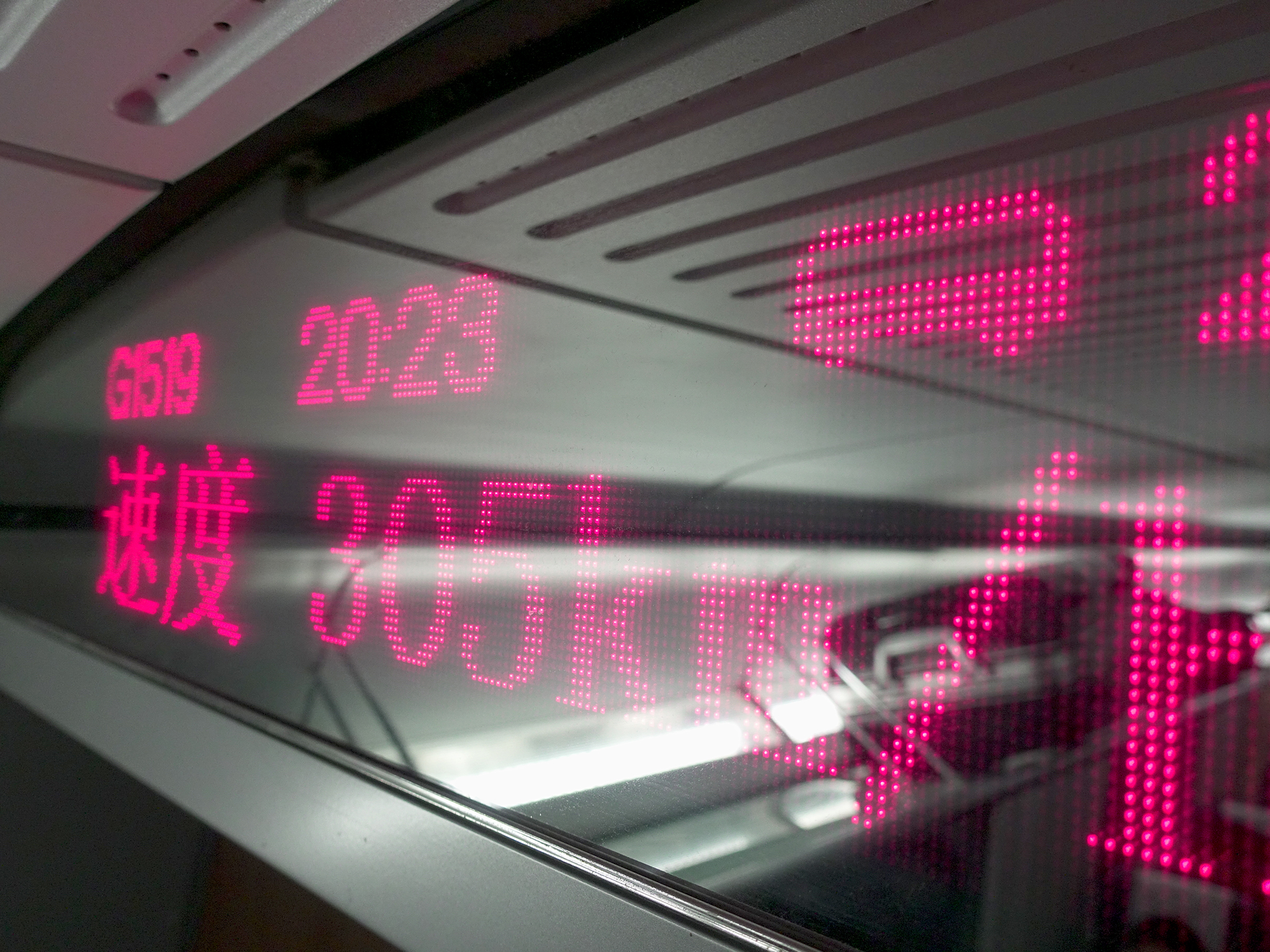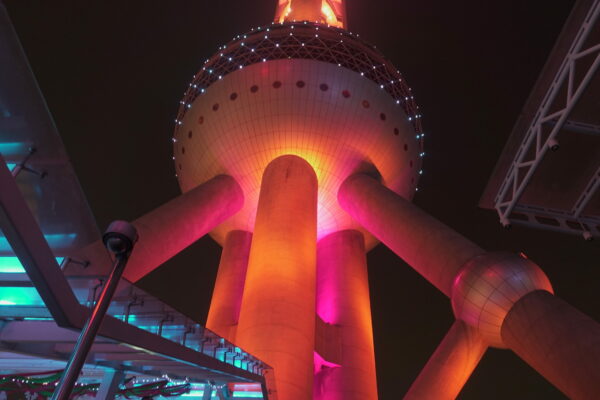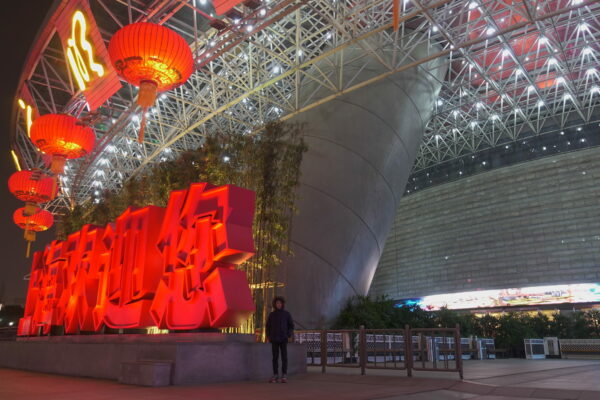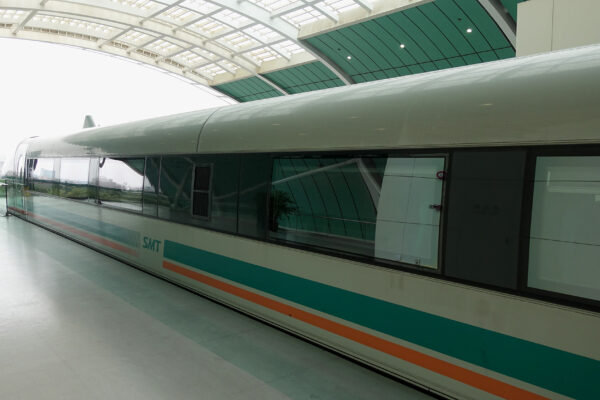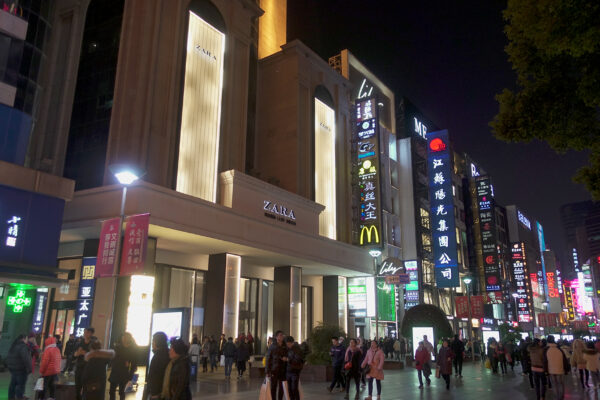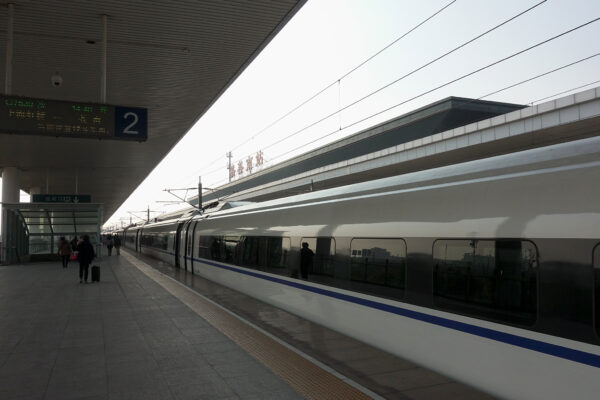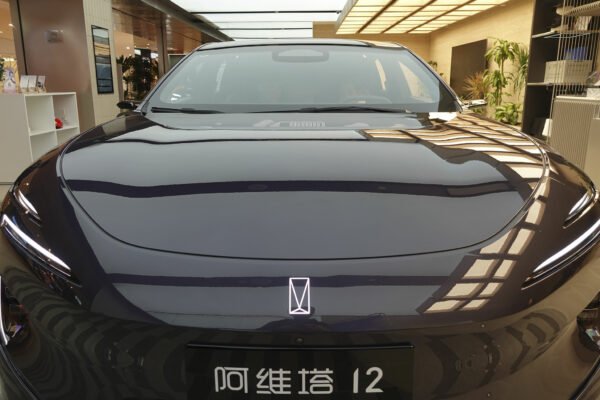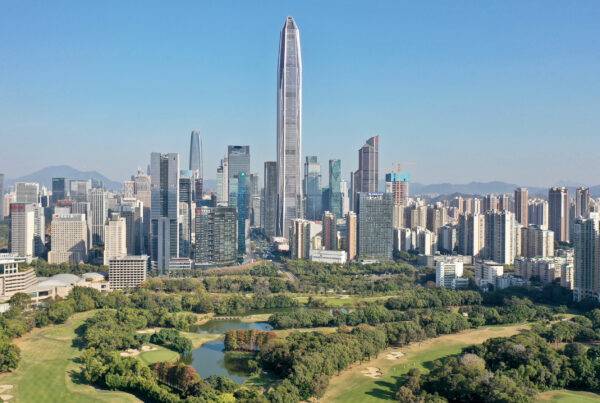In just over a decade, China has created the world’s most extensive and advanced high-speed rail system. This enormous achievement not only represents a triumph in engineering and infrastructure but also underscores the country’s ability to innovate and adapt to the growing transportation needs of its population. Below, we explore how this system has developed, its world ranking, achievements in speed and efficiency, and future plans for continued advancement in transportation.
Creation of the System
The initial impetus to develop the high-speed rail system in China arose in the early 2000s when the Chinese government recognized the need to modernize its railway network to alleviate congestion on urban routes and improve mobility between cities. In 2007, the first high-speed rail line between Beijing and Tianjin was inaugurated, marking the start of a massive expansion that would transform the way people travel in the country.
Since then, China has implemented a combination of national and international technology. Collaboration with foreign companies such as Siemens and Kawasaki enabled technology transfer, but there was also a focus on internal development. This has led to trains like the CRH380A, capable of reaching speeds of up to 380 km/h (236 mph) in commercial service.
World Ranking and Speeds
Today, China hosts the longest high-speed train network in the world, with over 40,000 kilometers (approximately 24,855 miles) of tracks built. This system is not only impressive in terms of length but also features many trains operating at speeds exceeding 300 km/h (186 mph), making them the fastest trains in regular service worldwide.
For example, the Beijing-Shanghai high-speed line, covering a distance of approximately 1,318 kilometers, allows travel between the two cities in just 4 hours and 30 minutes, a journey that previously took over 10 hours on conventional trains. Another notable line is the Guangzhou-Shenzhen-Hong Kong Express Rail Link, which connects Hong Kong with the rest of China’s high-speed rail network, enhancing connectivity and access.
Technology and Safety
The technology behind China’s high-speed trains is an example of innovation. The network employs advanced control and monitoring systems, using high-speed rail (HSR) technology and signaling systems that enable precise and efficient operation, ensuring passenger safety. These systems ensure that trains maintain safe distances between each other and can operate even in adverse weather conditions.
Moreover, safety is a priority. Following the tragic Wenzhou train accident in 2011, the Chinese government implemented stricter regulations in train operation and design, including advanced technologies for detecting infrastructure and train problems.
Progress and Ecology
High-speed trains in China have revolutionized transportation, contributing to the reduction of congestion on roads and airports. By offering a fast and efficient alternative, they have displaced a significant number of air and car travel, reducing the carbon footprint of transportation. The energy used for high-speed trains largely comes from renewable sources, such as hydroelectric power, generating a more positive environmental impact compared to traditional transportation.
Future Plans
With the goal of continuing to expand its ambitious transportation system, China has outlined significant plans for the future. The next phase includes the introduction of even more advanced technology, such as maglev (magnetic levitation) trains, which could reach speeds of up to 600 km/h (373 mph).
Additionally, plans are underway to further integrate the high-speed system with other modes of transportation, such as subway and bus lines, facilitating easier and more efficient access to train stations. These initiatives are expected not only to optimize urban transport but also contribute to pollution reduction and environmental sustainability.
Conclusion
China’s high-speed rail system is an impressive example of what can be achieved through innovation, investment, and long-term planning. With its extent, speed, and technology, it has set a new standard in rail transportation.

